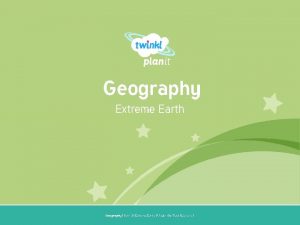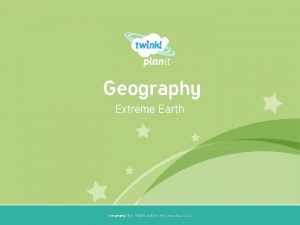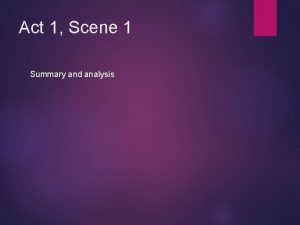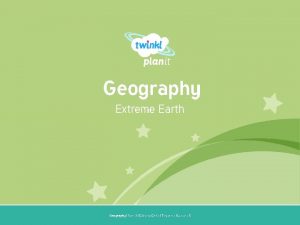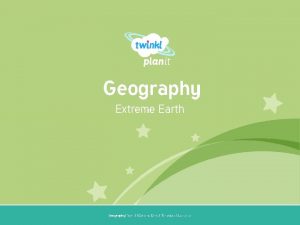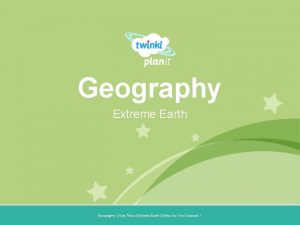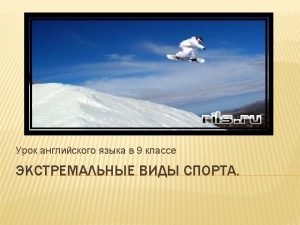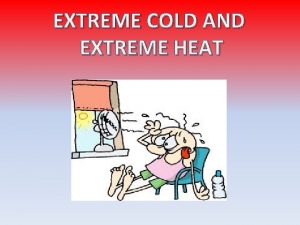Geography Extreme Earth Year One Geography Year 3











- Slides: 11

Geography Extreme Earth Year One Geography | Year 3 | Extreme Earth | Under Our Feet | Lesson 1


Aim • To describe what you find underground. Success Criteria • IStatement can recognise 1 Lorem thatipsum there dolor is rocksitunder amet, all consectetur surfaces. adipiscing elit. • IStatement can list the 2 layers that make up the Earth. • Sub statement • I can create and label a cross-section of the Earth. • I can compare the Earth’s structure to a familiar object.

What Would You Find? Imagine you are digging this hole. What is at the bottom of the hole? What different things might you find as you are digging? Where would you end up? Photo courtesy of Crazy Craven @flickr. com) - granted under creative commons licence – attribution

Welcome on board the Underground Explorer! Photo courtesy of Kecko @flickr. com) - granted under creative commons licence – attribution

Layers of Soil Humus The very top layer of soil, made up of rotting dead leaves and animals. Topsoil Where plants grow their roots. Very few rocks. Subsoil More rocks and stones in clay. This soil is full of nutrients. Tree roots may reach into this soil. You might find fossils here. Bedrock A mass of rock such as granite, basalt, quartzite, limestone or sandstone. You might find fossils here.

Layers of the Earth The crust is the thin outer layer of cold, hard rock that covers the Earth. It is 10 km-90 km thick. The mantle (extremely hot rock that often flows like treacle) is 3000 km thick. The outer core is mostly made up of iron, with some nickel. It is over 4000˚C. it is mostly liquid with some rocky parts. The outer core moves around the inner core, creating the Earth’s magnetism. The inner core, which is made of iron and nickel, is the hottest layer of the Earth at over 5000˚C. It melts the metals in the outer core to form magma.

What Is Under Your Feet? Use the equipment on your table to show the different layers that make up Earth. Try to think about the size of each different layer! The crust is thin, but the mantle is very thick.

What’s That Like? Watch this video comparing the Earth’s structure to a peach. How is the comparison accurate? How is the structure of the Earth different to that of a peach?

Aim • To describe what you find underground. Success Criteria • IStatement can recognise 1 Lorem thatipsum there dolor is rocksitunder amet, all consectetur surfaces. adipiscing elit. • IStatement can list the 2 layers that make up the Earth. • Sub statement • I can create and label a cross-section of the Earth. • I can compare the Earth’s structure to a familiar object.


